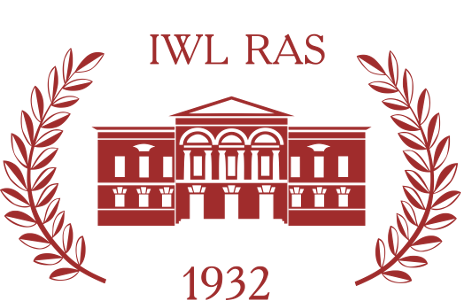Information about the author:
Olga B. Yanush
Olga B. Yanush, PhD in Political Sciences, Associate Professor, Kazan State Power Engineering University, Krasnoselskaya 51, 420066 Kazan, Russia.
ORCID ID: https://orcid.org/0000-0002-5606-5984
E-mail:
Abstract:
The article notes that the digital world is an important context for the use and functioning of languages. At the same time, virtual space is linguistically less diverse than offline space. Along with the existing systems for determining the vitality of language, researchers are making attempts to determine the digital vitality of languages. In other words, we are talking about the digital wellbeing of the language and reliable indicators of the success of the language in the virtual space. Among the important indicators of the digital vitality of the language, the number of the digital population measured by social media accounts is noted; the use of the language by global brands; technological conditions associated with the widespread penetration of the Internet; a large number of sites in the language; a localized version of social media; the use of the language in blogs and other means of social communication (e-mail, chats, forums, etc.); the existence of machine translation tools for this language, etc. The article provides an overview of the models of digital vitality developed by foreign researchers. We are talking about the online research of A. Kornai, the approaches of M. Gibson and the Digital Linguistic Diversity Project of the Institute of Computational Linguistics of Italy. The described models are applicable to the definition and promotion of the digital presence of the languages of the peoples of Russia.
Keywords: digital vitality of language, online language functioning, regional language, digital linguistic diversity.


